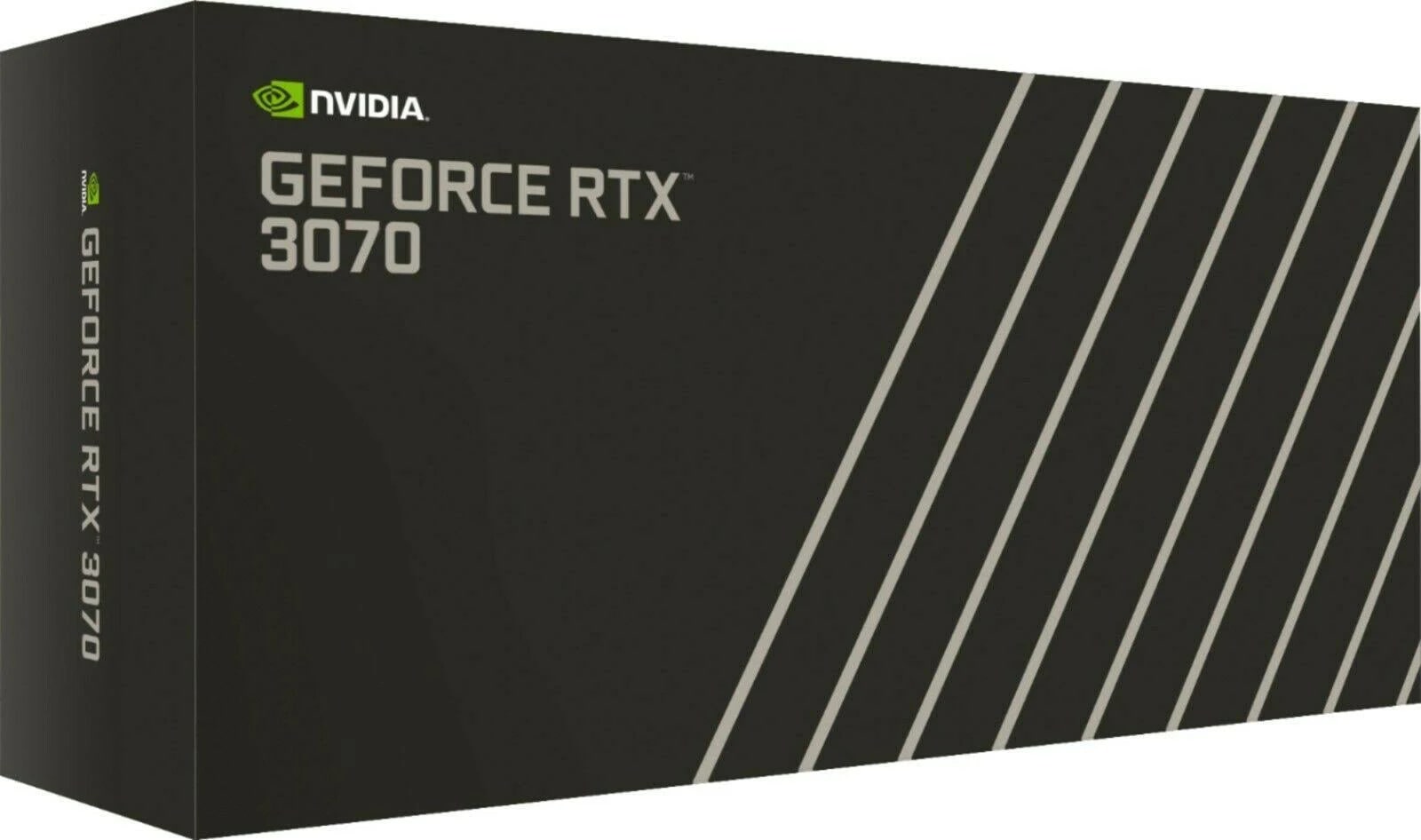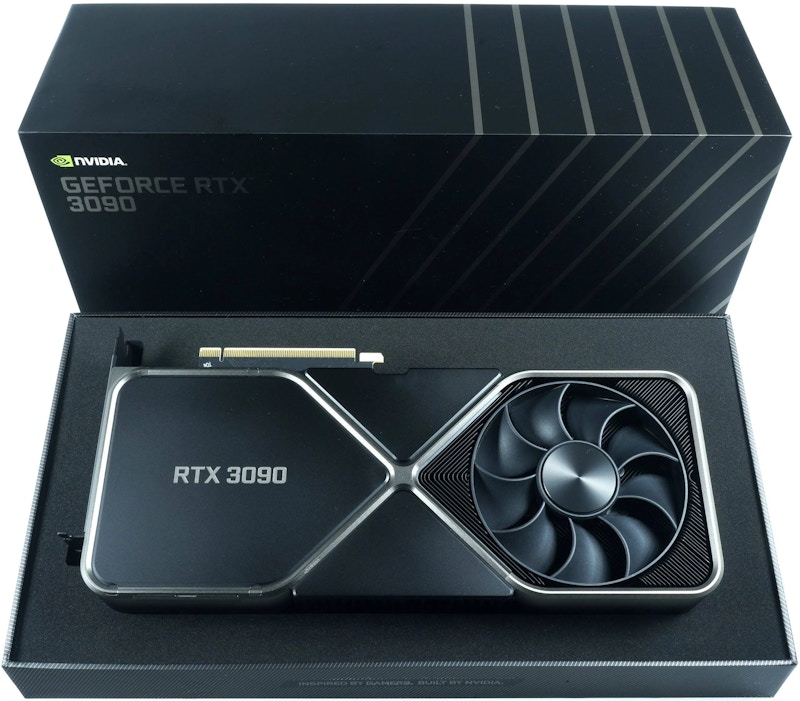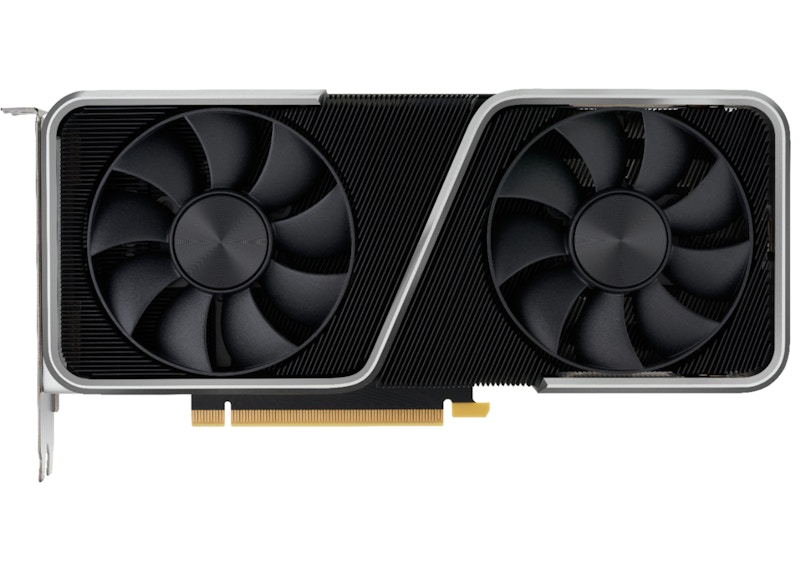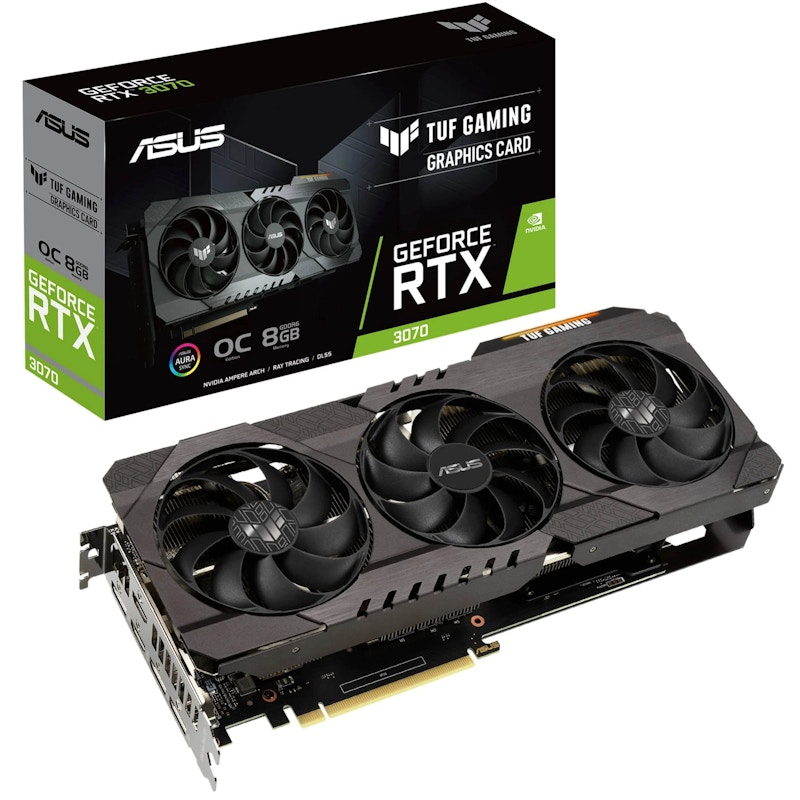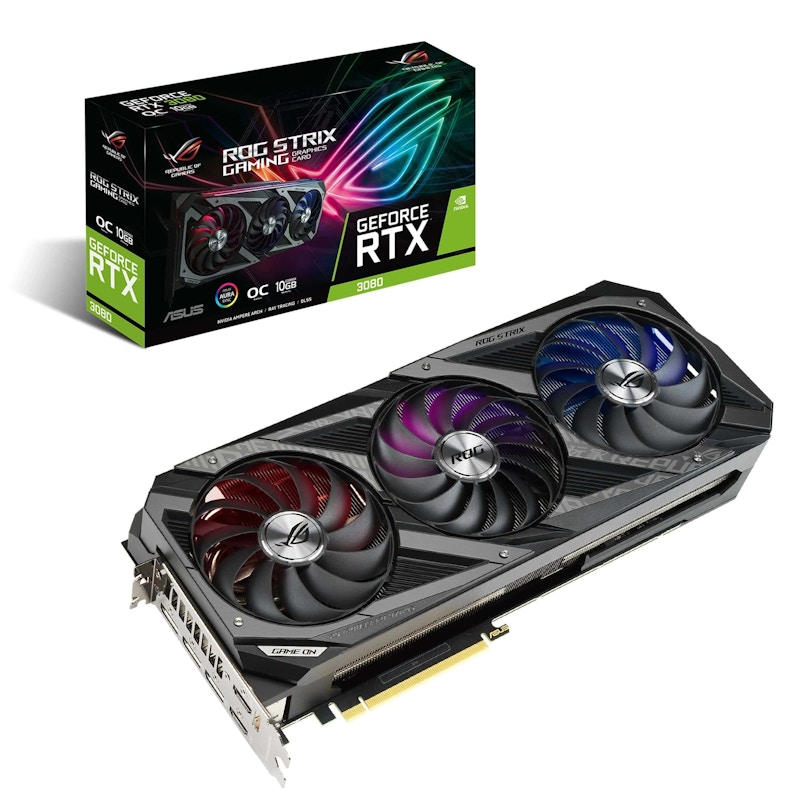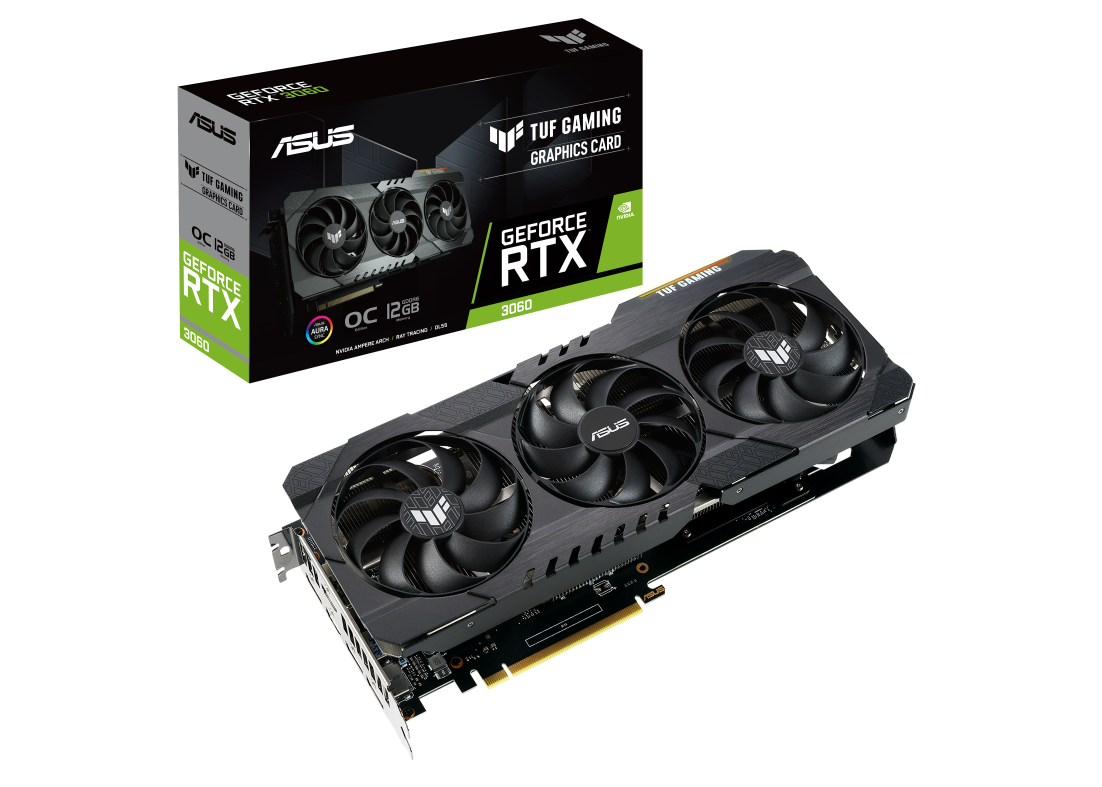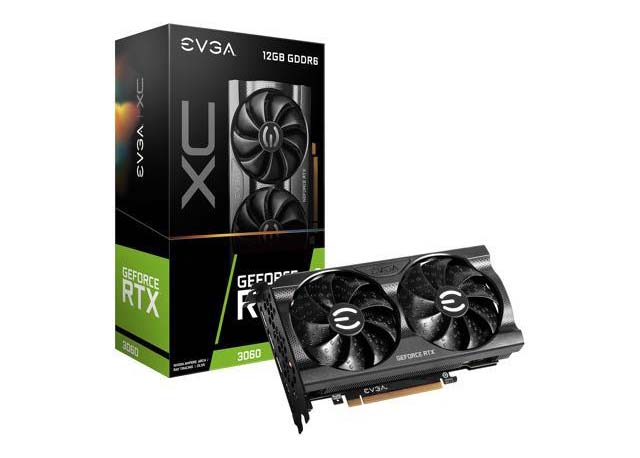This past year, we saw a paradigm shift in how people work, play, and go about their daily lives. For all its long-lasting effects, some to be unseen, the COVID-19 pandemic fundamentally changed the role of personal computing. Graphics cards, especially NVIDIA RTX graphics cards, have been a key component of the story.
As many workers around the world were forced to work and learn from home, personal computers became necessary for society to function cohesively. A growing market of PC gamers and cryptocurrency miners inevitably exploded the demand for graphics cards. Additionally, a global semiconductor shortage has affected the automotive industry and consumer electronics, likely to continue through the year.
With an increasing number of new buyers entering the market, many find themselves confused by the pricing, technology, and choices available. To help guide the way, we compiled our insights and data for a comprehensive buying guide for NVIDIA RTX graphics cards. Here’s everything you need to know.
History of NVIDIA GeForce RTX
Founded in 1993 with a vision to propel graphics-based computing, NVIDIA has remained a leader in designing graphics processing units (GPUs) for the gaming and professional markets. The GeForce series started in 1999 with the release of the NVIDIA GeForce 256 SDR. The announcement of the GeForce 30 series in 2020 represents over two decades of cutting edge technology and innovative products from NVIDIA.
The series includes the 2018 release of the NVIDIA GeForce RTX line of graphics cards. In September 2020, NVIDIA announced the launch of the 30 Series and the new Ampere Microarchitecture, the successor to the Turing Microarchitecture.
What Does RTX Mean?
The RTX series, short for Ray Tracing Texel eXtreme, first introduced NVIDIA’s Turing Microarchitecture, enabling real-time hardware ray tracing.
Turing Microarchitecture, named after mathematician and computer scientist Alan Turing, was introduced in 2018 as the first consumer architecture capable of real-time ray tracing through dedicated ray-tracing and AI processors.
What is Ray Tracing?
Ray tracing is a complex, computational-costly rendering technique that creates realistic lighting effects, shadows, reflections, scattering, and translucence by imitating the behavior of light.
While a relatively new phenomenon in computer graphics, ray tracing was first described in 1532 by German theorist Albrecht Durer in Four Books of Measurement through a contraption called Durer’s door.
NVIDIA’s RTX series features real-time ray tracing, unlike its GTX series. When demonstrated on a game like Minecraft, ray tracing can provide some unbelievably striking lighting visuals, bringing a new level of immersion to the gaming experience.
How Much Do NVIDIA’s RTX Graphics Cards Cost?
Due to the worldwide demand for graphics cards, prices are constantly in flux. The NVIDIA EVGA GeForce RTX 3060 12GB XC, for example, is one of the best-selling graphics cards on StockX. The retail price for this card is $390, but because of the current demand, it currently sells at around $840.
Mid-range graphics cards can retail anywhere from around $400 to $1500 for some of the more premium cards. However, expecting to find a good graphics card anywhere close to retail is near impossible due to the global shortage.
Consumers on StockX have spent an average of $1,400 when comparing all NVIDIA RTX graphics cards on the platform. However, there are cards selling below this price point depending on the model.
The NVIDIA RTX 3070 Founders Edition is the most popular graphics card on StockX, according to our data. Retailing at $500, the card’s average selling price is around $1,200. The RTX 3070 offers incredible ray-tracing capabilities, 8 GB of RAM, and boost clock speeds of 1.73 GHz, a compelling package with great value for gamers. Despite being the most popular card on StockX, it isn’t the most expensive.
The NVIDIA RTX 3090 Founders Edition has an average selling price of $2,668, despite retailing at $1500. The 3090, not surprisingly, is the most expensive graphics card by far on StockX, according to our data.

While the 3090 is NVIDIA’s top-of-the-line graphics card, it’s geared more towards enthusiasts and professionals. The graphics card’s whopping 24GB GDDR6X memory, 10496 CUDA cores, and 8k capabilities are better suited for media professionals and content creators.
Even gamers looking for the latest and greatest can find solace in choosing the RTX 3080 Founders Edition over the RTX 3090 while saving hundreds of dollars and still getting great performance. The RTX 3080 Founders Edition is the second most popular graphics card on StockX, selling for an average of $2,000, or $1,300 above retail.
For the average gamer, there are other cards on the market that will provide great gaming and productivity performance. One example is the NVIDIA EVGA RTX 360 12GB XC, which released in February 2021 for the retail price of $390, and provides solid value for gamers. The average selling price of the 360 12GB XC is $773, almost half of the $1,4000 average price of graphics cards on StockX. The NVIDIA EVGA RTX 360 12GB XC is in the top five best-selling graphics cards on this list in part to its competitive pricing compared to other cards.
The NVIDIA RTX 3060 Ti is an honorable mention for this list. While it’s not among the five most popular graphics cards on StockX, it’s still high up there, and for good reason. While the 3060 Ti doesn’t boast great 4k performance, it’s an incredible card with solid ray tracing capabilities and best suited for 1080p/1440p gaming. At launch, the narrative around the 3060 Ti was all about value. With a $400 retail price tag, the 3060 Ti offered incredible value and performance.
However, the average price for the 3060 Ti is currently around $1,200 on StockX, yet another example of how the shortage of cards is affecting the market.
The Takeaway
Graphics cards are a fundamental part of a PC gamer’s evolution in the hobby. GPUs are often viewed as one of the most important components of a rig, and more often than not are the first piece gamers look to upgrade through years of use.
Picking a graphics card is an important investment for your journey as a gamer. Whether you’re an enthusiast looking for the best money can buy, or someone trying to get great performance at a great value, there is an RTX card for everyone.




